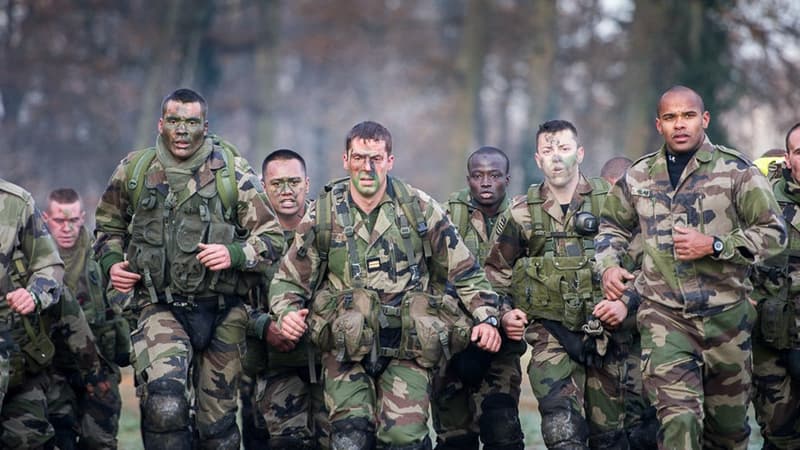Executive and staff are busy drafting the next military programming law (LPM) 2024-2030, which promises to continue the defense budget effort in the context of the war in Ukraine, duly integrated into a new strategic review that serves as a basis for reflection.
This strategic review (RNS), presented this week to parliamentarians and of which AFP was able to consult the main lines, will be presented on November 9 in Toulon by President Emmanuel Macron before the publication of the LPM in early 2023.
Sharpened strategic competition between powers, need for a complete army model: the RNS confirms the major trends already identified in the previous strategic review, published in 2017 and updated in 2021, while insisting on certain concepts such as resilience, war economy or influence, in light of the first lessons of the conflict in Ukraine.
Ten Priority Goals
The strategic review proposes ten main objectives, among which nuclear deterrence stands out, which remains the “cornerstone” of French defense. The deterrence modernization will mobilize €5.6 billion in payment appropriations in 2023.
Among the identified objectives is also the development of a “war economy”, while Russia’s invasion of Ukraine on February 24 exposed the weaknesses of the French military system.
The Head of State, visiting several weapons production sites in Cher on Thursday, asked defense manufacturers to strive to produce faster and faster, at controlled costs, to face the new global geopolitical situation.
France also plans to spend two billion euros to order ammunition in 2023 for its armed forces, that is, a third more than last year, to compensate for the weakness of its reserves.
“Battle of Influence”
Other objectives listed in the RNS: have “the ability to defend and act in hybrid fields” to “win the battle for economic, technological or informational influence”, or even deploy greater intelligence efforts to “raise the level of knowledge, understanding of competitors or adversaries, and the anticipation of their intentions”.
French intelligence did not believe in the scenario of a Russian invasion of Ukraine. Nor had he anticipated the August 2020 coup in Mali, by a junta that ended up allying itself with Russia, ultimately forcing the French military to leave the country.
Finally, the RNS reiterates France’s commitment to the Atlantic Alliance missions, in addition to “developing the strategic autonomy of the European Union”, one of President Macron’s main battlefields.
“The Cost of Nuclear Deterrence”
The document proposes to articulate France’s action in five circles: “protection of the national territory”, “defense of Europe even in a high-intensity conflict”, “Sub-Saharan Africa and the Persian-Arab Gulf”, “Indo-Pacific” and “spaces (cyber, space, seabed and maritime spaces)”. This strategic reflection should guide the budget arbitrations contained in the future military programming law 2024-2030.
Whatever the orientations chosen, the defense budget promises to continue increasing in the coming years.
The National Assembly examines defense appropriations for 2023, an increase of three billion euros to reach 43.9 billion in total. An envelope that rises 7.4% compared to 2022 and 36% since 2017, after years of deflation. While the war has been waged for eight months at the gates of Europe, the executive hopes to reach a consensus on the budget dedicated to the French armies, despite a relative majority in the Assembly. But “the cost of nuclear deterrence or even European cooperation could spark a debate” within the opposition, the ministry anticipates.
Source: BFM TV


